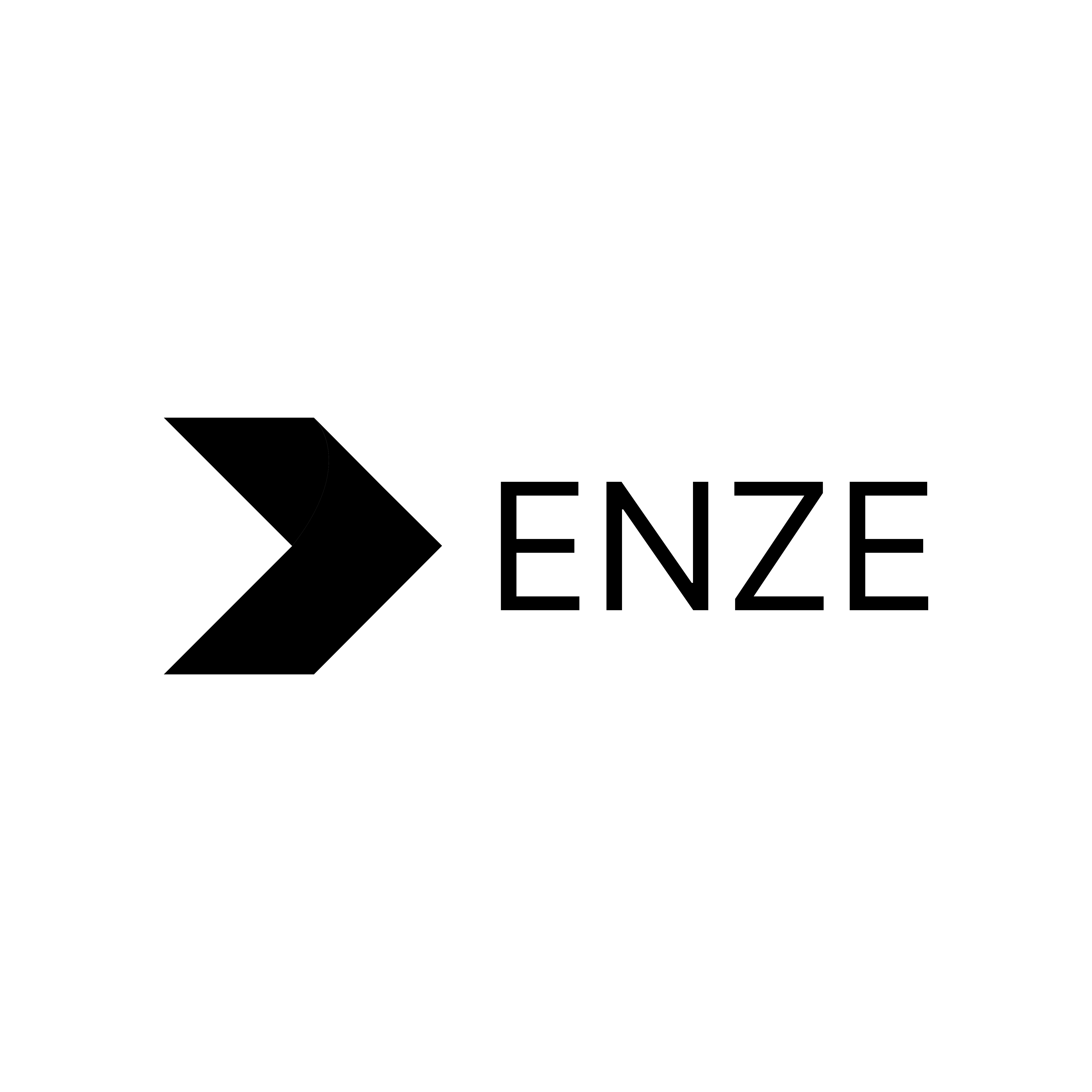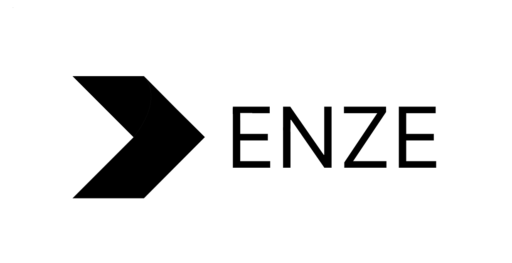Our Location
Have you ever wondered how intricate designs are precisely etched into metal? Whether you’re a craftsperson aiming to enhance your jewelry designs or an industrial professional looking to master a new technique, metal etching shows endless possibilities. This comprehensive guide will dig into the fascinating world of metal etching, covering both traditional methods like acid etching and modern techniques such as laser and electrochemical etching. You will understand the necessary safety precautions and find step-by-step instructions to create your etched masterpieces. Are you ready to dive into the art and science of metal etching? Let’s get started!

Table of Contents
ToggleMetal etching is a technique used to remove material from metal surfaces through chemical reactions or physical impact. This technology can be listed into two main types: wet etching and dry etching. The metal etching process involves a series of chemical steps. Different etchants possess varying corrosion properties and strengths, making them suitable for specific metal materials.
Metal etching, also known as photochemical etching, refers to eliminating the protective film of the metal etching region after exposure. Through contact with chemical solutions, a metal plate’s surface will be dissolved and form hollowed-out areas. It was first used to manufacture copper, zinc, and other convex and concave printing plates. It was widely utilized to reduce the weight of instrument panels and to process thin workpieces such as nameplates. Thanks to ongoing advancements in process equipment technology, etching techniques have been developed for various applications, including the aviation, machinery, and chemical industries. These techniques are also utilized in semiconductor manufacturing and the processing of precision metal etching products and thin electronic components.
Metal etching began in the Middle Ages when artisans used acid to engrave complicated designs on armor and weapons. As time progressed, this technique matured and gained popularity among printmakers during the Renaissance, enabling artists to create detailed images and illustrations. Today, metal etching remains an essential method for both artistic and industrial applications.

Metal etching is a process that eliminates part of a metal surface to create a design. There are several main methods used:
Chemical etching involves submerging metal in an acidic or alkaline solution that removes unwanted material.
Different solutions etch at varying rates, enabling different textures to be created. This method is most effective for softer metals, such as aluminum, but can also involve the use of harsh chemicals.
Laser etching utilizes a concentrated beam of light, typically from a laser engraver or cutter, to precisely remove small amounts of metal.
The laser heats and vaporizes thin layers of material to create a specific pattern. This method can be applied to almost all metals and produces sharp edges that are ideal for intricate details.
Methods such as wire brushing and sandblasting use abrasives to scrub the metal surface, creating a weathered appearance. This basic technique is often combined with other etching methods.
An electric current flows through an acid solution with a metal workpiece. Chemical reactions clear surface metal where an etching resist is not used. Electro-etching produces a consistent depth but requires complex masks.
Before we begin, let’s gather all the supplies and equipment required for metal etching. And don’t worry; you can find most of these items in your house or at your local supermarket.
You can learn how to etch metal once you have all the necessary tools. Now, let’s get started and roll up our sleeves!
The etching process changes depending on the type of metal used, but the general steps are as follows:
Before etching stainless steel or other metals, cleaning the surface to remove dirt, dust, oil stains, and other contaminants is essential. This cleaning process ensures that the subsequent film or screen-printing ink adheres well to the metal surface. It is necessary to completely eliminate any oil and oxide film on the metal before etching.
Degreasing should be tailored to the level of oil contamination present on the workpiece. Electro-degreasing is recommended prior to screen printing to ensure thorough removal of grease. In addition, to effectively clear away any oxide film, an appropriate etching solution should be selected, taking into consideration the type of metal being etched and the desired film thickness.
Once the cleaning is complete, the surface must be dried thoroughly before screen printing. Any remaining moisture can negatively impact the adhesion of the ink and distort the etching pattern.
To determine whether to use dry film or wet film screen printing, it is essential to consider the actual material of the product, its thickness, and the specific width of the graphics. For products of varying thickness, factors such as the application of the photosensitive layer and the etching processing time must be considered to achieve high-quality graphics. You can adjust the thickness of the photosensitive adhesive layer to ensure good coverage and to produce high-definition patterns through metal etching.
Once the film or roll-on screen printing ink has been applied, it is essential to thoroughly dry the photosensitive adhesive layer in preparation for the exposure process. Additionally, it is necessary to ensure that the surface is clean and free from any adhesion, impurities, or other contaminants.
The metal etching process is crucial, and the exposure energy needs to be adjusted based on the thickness and precision of the product’s material. This adjustment reflects the technical capabilities of the etching processing company. The exposure process is essential for achieving better dimensional control accuracy and meeting other requirements for the etching.
During this stage, it’s essential to use the appropriate chemicals and developers to ensure that the original designs remain intact on the substrate during the etching process.
Once the substrate is exposed, an emulsion film based on the required reactivity is applied. This emulsion can come in either a liquid or dry form.
Make sure to obey the instructions carefully, as any misapplication at this stage can lead to problems in the subsequent etching processes.
Once the product pre-manufacturing process is complete, the chemical solution will undergo etching. This step is crucial in determining whether the final product meets quality standards. The etching process involves various parameters, including concentration, temperature, pressure, speed, and other factors. The careful adjustment of these parameters influences the quality of the final product.
The surface of the etched product is even covered with a layer of photosensitive glue, which needs to be removed after the etching process. Since the photosensitive adhesive is acidic, the acid-base neutralization method is commonly used for removal. Following this, the product undergoes overflow washing and ultrasonic cleaning to eliminate any remaining photosensitive adhesive and prevent residue on the surface.
After the film removal, follow-up testing is conducted to guarantee the final product meets specifications and is properly packaged. This organized sequence clarifies the etching process and maintains quality at each step.
Now your design has been etched, it’s time to show its beauty. Polishing and finishing your engraved metal is the next step. Here’s how to do it:
Different metals require specific techniques to achieve beautiful etching results. Not all metal surfaces are the same, and understanding the various engraving methods can help speed up your projects. Here’s what you need to consider before starting a project!
Different metals exhibit malleability, but not all etching techniques are appropriate for every type of metal. Examining the metal before starting the etching process is essential to understand its composition and etching properties. This will help ensure the metal is not damaged irreparably during the process.
Safety should always be the top priority when undertaking any metal etching project. Wearing protective gear, especially breathing masks and gloves, is essential to shield your skin from hazardous chemicals. Dress appropriately to prevent debris or acid splashes from coming into contact with exposed areas such as your eyes or skin.
Correctly applying resist or masking agents is essential to protect metal surfaces from being etched away.
Acid-resistant paints should be used for ferrous metals like iron, whereas epoxies are recommended for aluminum to maintain the etch.
Etchants are acids used to corrode metal surfaces, so choosing the right one for your project is essential. Copper-based alloys require nitric acid, while stainless steel is better treated with hydrochloric or sulfuric acid. Brass performs best when exposed to a mixture of hydrochloric acid and nitrates. Additionally, environmentally friendly etchants are available that may be more suitable for specific projects than traditional acid-based options.
It is highly recommended to experiment with different techniques to find what works best for you and each specific situation.
When it comes to etching steel, electro-etching is an economical solution, particularly suitable for stainless components or pieces joined by soldering, as it does not deteriorate the alloy in any way.
Learning to metal etch can be challenging, similar to acquiring a new skill. Don’t worry! Here are some common issues and their solutions:
Artists employ metal etching to produce detailed prints and engravings. This technique enables fine lines and intricate designs, making it a preferred method for creating high-quality prints.

Metal plates are commonly used in printmaking for several reasons, including their durability, longevity, and the ability to produce consistent results.
These plates also allow for fine detailing that is often challenging to achieve through other methods. Etching on metal plates has gained popularity among artists and printmakers, enabling them to present their work with beautiful, hand-crafted details. Each piece showcases the intricate craftsmanship involved in creating the images or patterns.
Jewelry makers use metal etching to create intricate designs and patterns, enhancing the aesthetic outlook of their pieces. This process enables customization and the production of unique, one-of-a-kind items.
In manufacturing, metal etching is utilized to produce intricate parts and components, such as circuit boards and precision instruments. Its capability to create detailed and accurate designs is essential for industries focused on precision.
Metal etching is a protean technique with a rich history and various art, industry, and design applications. Whether it is used for artistic expression, jewelry making, or industrial manufacturing, metal etching provides unmatched precision and adaptability. To fully explore this intricate and rewarding process, it is important to make sense of the fundamental principles and techniques of metal etching.

